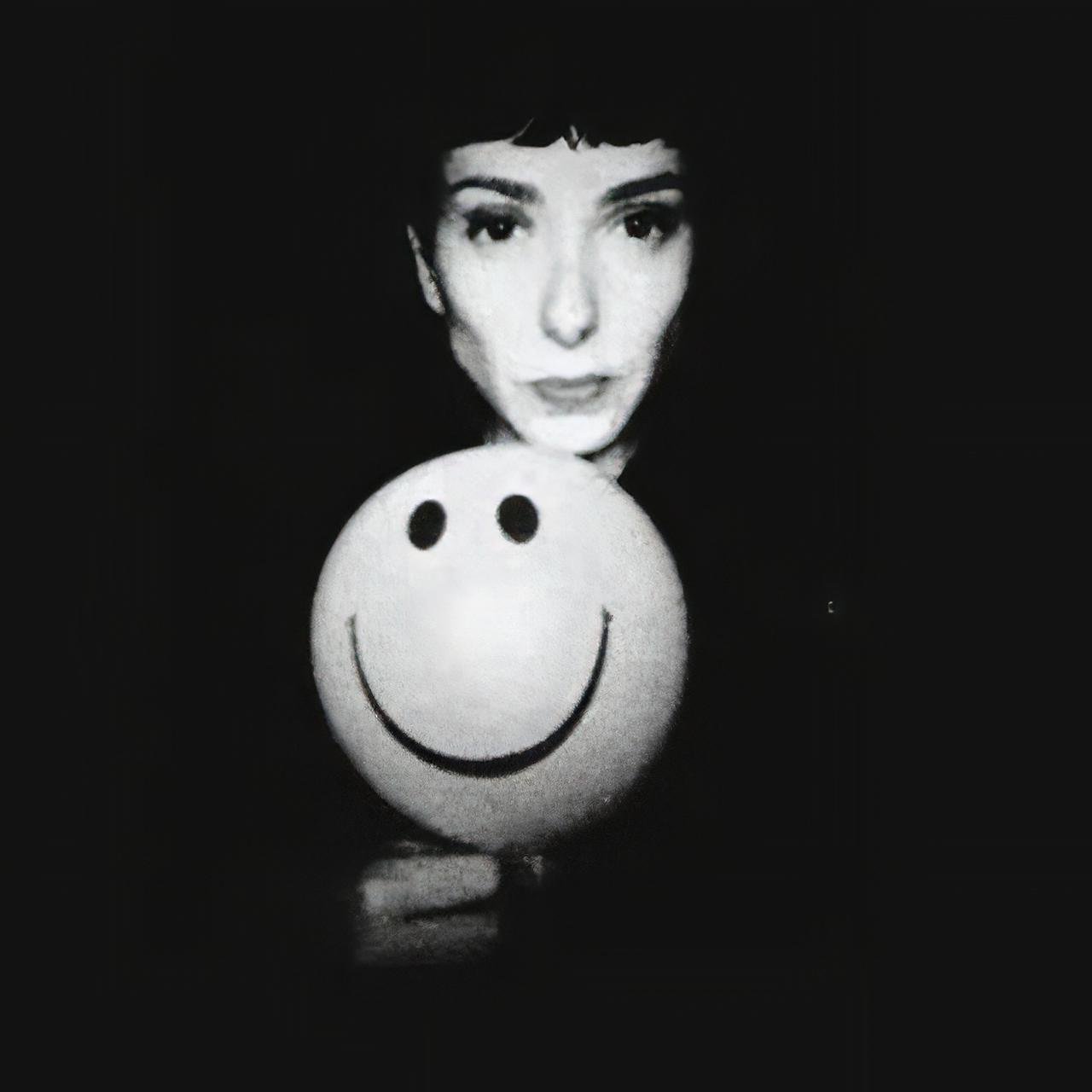— Notes on Mario Ruspoli’s Regard sur la folie
‘I finally watched that documentary about the madmen. Some of them repeatedly banged their heads against the wall while others calmly slapped themselves, some were seen knitting invisible clothing in the air or smoking with anxiety. Two of them seemed eloquent or, perhaps… one acted as if he was eloquent but only when the camera was on while the other was different, there was something spiritual in him. After being pressured to speak he confessed the reason of his madness was because he had no friends, because he was alone’. Barcelona, 2013.
Shapeless Anamorphous / Expanded and contracted
Invisibility
The individual is no longer necessary in the social tissue
the individual is no longer expected anywhere
the body, the social interface, deactivates
Questions about the appearance and the masks -what are they?
A feeling of immateriality arises
most of the needs are no longer needed
appearance and mask included
expanded and contracted
shapeless, slowly becomes
invisible.
The body, a social interface
A self can only be built as self when confronted with the mirror, a mirror conformed by the other’s gaze.
Without the other’s gaze the construction of the self is put into question: a sense of infinitude is created by the non-contact with the other - Would we become infinite if we would lack the sense of touch?
Is it the other who locates the self in space?
Perhaps the construction of the self in the other and the estrangement of the discovering of the self in the other limits our own construction of the self.
These limitations configure together to give the self a place in space: if there is no mirror, there is neither reflection nor a will of the other to restrict the self.
The world of appearances, then, emerges as an spectacular dance, a daily simulacrum through which the inevitable awareness of the theatrical - in opposition to the notion of the real - sometimes filters through and which can be perceived, from a distanced point of view, like a ghostly dance. Or is the witness the ghost?
This sound-poem, recorded in 2018, is based on an experience of confinement during the year 2014 in which I lived mostly isolated and mainly in silence. Appearance and social masks were no longer necessary: no specific clothings, no make up, no being ready to go to work, to meet a friend not for anything in particular which made me wonder about the social apparatus of appearances. On the other hand, and immersed in solitude, was I able to delimit myself or is the contact with others who delimit us? Is it possible to recognise ourselves without the mirror of the other? Silence, solitude, and privation led to an enlightened view and it took time to go back to social and market realities with its impositions.
Am I still somebody?
There was a time
when I had nobody.
Nobody had
no body.
As I had nobody
to see and nowhere
to go I had
no body.
It wasn’t necessary.
What makes you
somebody is
some body.
Am I still
somebody
having
nobody?
